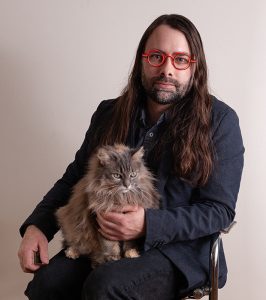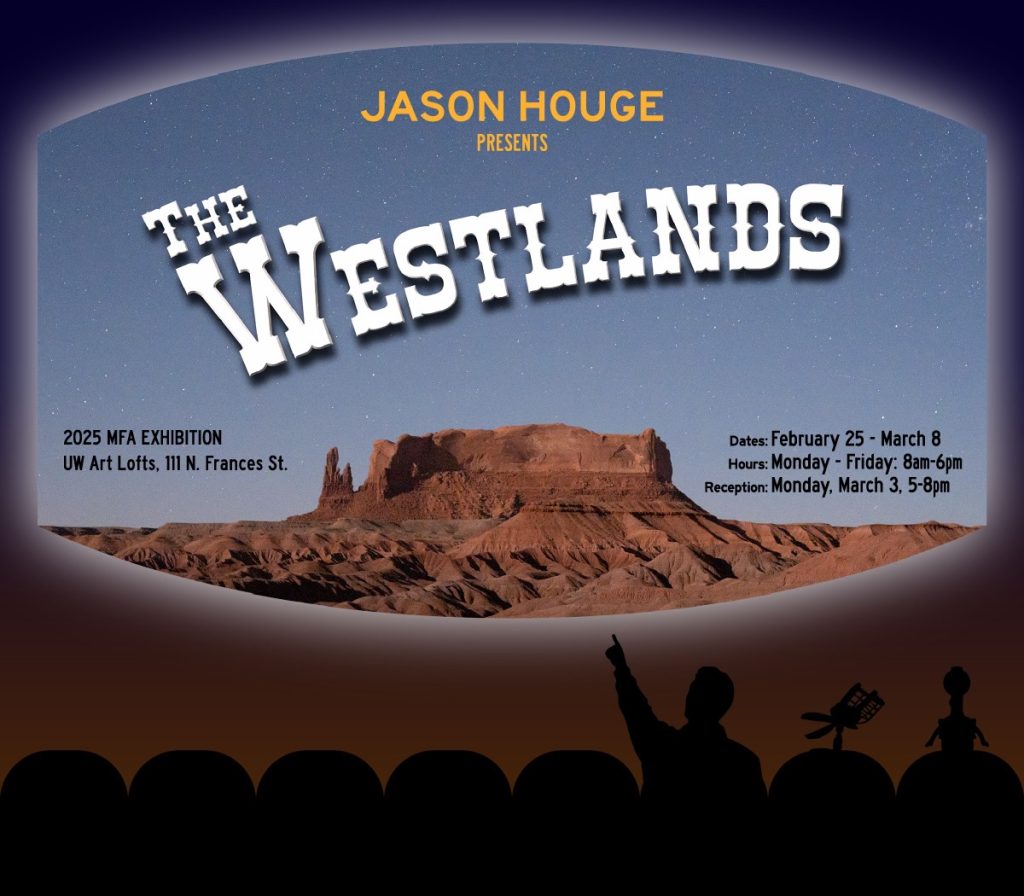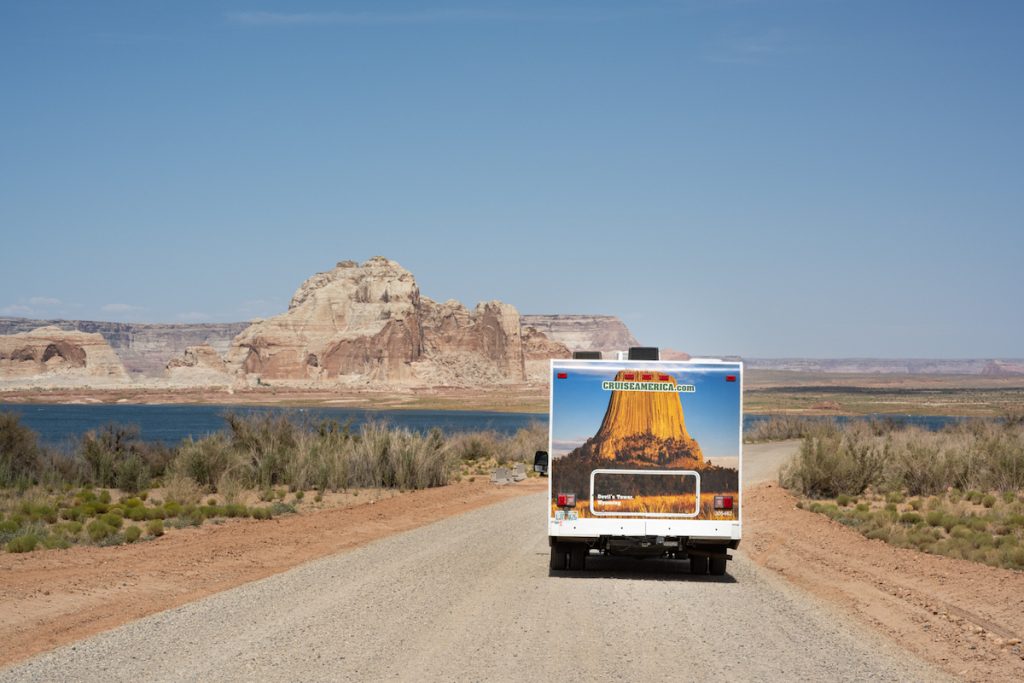Over the next few months we are offering a glimpse into the creative process of the Art Department’s graduating master of fine arts candidates, who are presenting their final thesis exhibitions throughout the spring semester. These exhibitions represent the culmination of years of dedicated study and artistic exploration, showcasing our students’ diverse talents and innovative approaches to art-making.

Jason Houge, a Temkin Exhibition Awardee, is a photo-based artist and visual storyteller, who engages in a social documentary practice he calls “Compassionate Photography” founded on empathy, emotional awareness, acceptance, and change.
“Through my work I aim to preserve a sense of a life lived today,” Houge writes in an artist’s statement. “I am photographing for posterity, to make a historical record that converses with an uncertain future, from the perspective of my own experiences and interactions with people during my life. Perhaps the most vital facet of this work, for me, is how images work in chorus with one another to build a sum greater than the parts.”
Houge’s final thesis exhibition, “The Westlands,” will be on view at UW–Madison’s Art Lofts Gallery from Feb. 25 – March 8. A reception, which is free and open to the public, will take place on Monday, March 3, from 5-8 p.m.
 We asked Houge to share some insights about his exhibition. Following is an edited Q&A:
We asked Houge to share some insights about his exhibition. Following is an edited Q&A:
What inspired you to create “The Westlands”? This question takes a lot more than a few sentences to answer. I have created a newspaper that will be available during the exhibition to answer the how and why, and to help the reader gain a greater sense about who I am as the artist — my approach and my process.
But the short answer is: I am deeply interested in the situation regarding the Colorado River Watershed. Between 2023 and 2024 I set out on two expeditions to follow the Colorado River from its headwaters in Northern Colorado to where it dries up in the desert, south of Yuma, Arizona. I traveled to each state where this water and its tributaries nourish because I wanted to see for myself, and to photograph, what is at stake if this river system were to collapse.
I am concerned with what and who will be impacted by the loss of this river system. To me this situation forms a significant analog to what might happen to the rest of the world if climate change cannot be controlled.

Tell us about your photograph, “Devil’s Tower at Lake Powell.” I had seen these rentable RVs all over the west. Because Lake Powell is a reservoir on the Colorado River, I just happened to be in the right place at the right time. The photo is funny in a way — to be driving in an advertisement for a natural monument in South Dakota so far away in Northern Arizona. My work often ties together humor as well as contemplative moments and times for serious considerations.
“The Westlands” lies at this crossroads: It’s intersectional in nature, looking at both consumerism and economics as well as losses caused in the name of progress. It considers the beauty and allure of these places and compares the realities of living there with the ephemeral experience of visiting. The work could be divided into smaller projects and exhibitions, but I feel it’s best to consider them as a complete whole to see and feel their interconnectedness. This, I believe, paints a more whole picture of the systems at play and their complexities.
Then again, the photos might also just be pretty pictures of the west as it exists today. There is certainly something in the work, if you look for it.